Research programme
Landscapes of Early Roman Colonization
Non-urban settlement organization and Roman expansion in the Roman Republic (4th-1st centuries BC)
- Duration
- 2014 - 2018
- Funding
-
 NWO Free Competion Grant
NWO Free Competion Grant
- Partners
Royal Netherlands Institute Rome, Dr. Jeremia Pelgrom
Centre of Archaeological Studies Jelsi, Molise
Soprintendenza per i Beni Archeologici del Molise
Soprintendenza per i Beni Archeologici della Basilicata

Short abstract
Roman colonies have usually been portrayed as urban foundations with neatly ordered territories (centuriation), leading to new, Roman hegemonic landscapes. In this project, a new conception of Roman republican colonization that is instead based on more adaptive and nucleated settlement strategies, is tested on the ground by field survey, remote sensing and geophysical analysis.
Research question
How did the Romans win and keep their empire? In attempts to answer this crucial historical question, Roman colonization has been central. Our understanding of the actual character of the early Roman colonies and their impact on the conquered territories is, however, very fragmentary and often pieced together from disparate types of information. This project systematically compares newly colonised territories with non-colonised indigenous areas with landscape archaeological methods. Its first results point at different, and more adaptive settlement strategies at play in early Roman expansionism.
Project description
Leiden University and the Royal Netherlands Institute at Rome work together, with various other international partners, to test a new model of early Roman colonization and expansionism on the ground in Central and Southern Italy. This involves various kinds of remote sensing, survey, and targeted excavation.
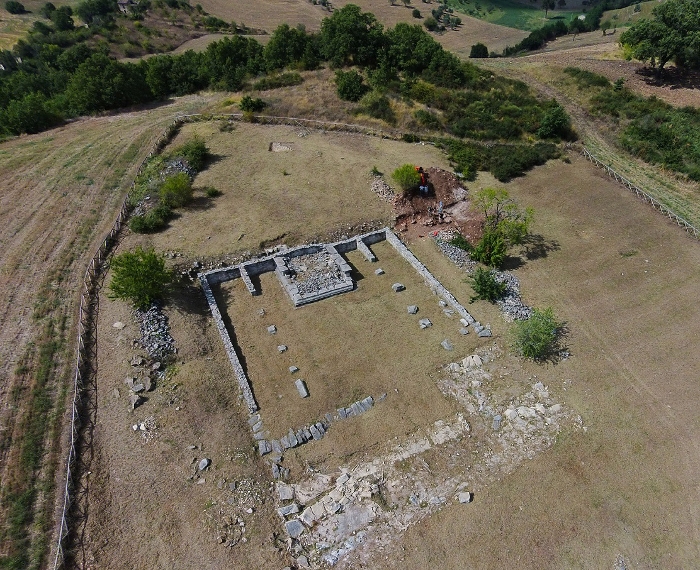
The project examines the role of Roman non-urban settlements in the formative phase of the Roman Empire. Both ancient and modern viewers have portrayed Roman colonies as key factors in the spread of the urban model and, typically, these new foundations are sharply contrasted with the non-urban settlement organisation that prevailed in the conquered native areas. The evidential basis for this view is, however, notoriously limited for the Mid-Republican period, the key phase of Roman expansion in Italy.
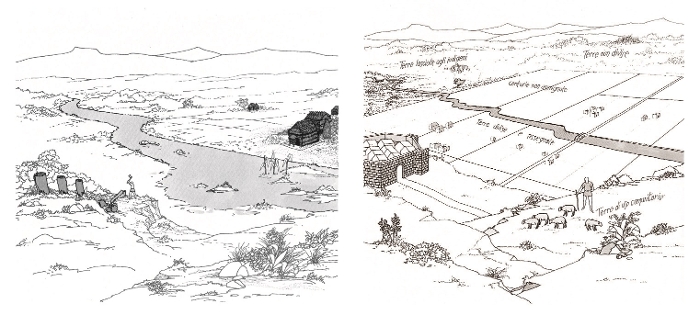
To overcome such problems of bias and to provide new solid datasets, the project systematically compares early colonial settlement organization with the situation in contemporary non-colonial control areas. In particular, the team further explores non-urban settlements, such as villages. Recent epigraphic and archaeological work suggests that such settlements may indeed have played a considerable role in early Roman expansion, and the project targets these poorly understood sites in particular.
Field work
Using intensive field survey, remote sensing and geophysical analysis, the project provides a comparable dataset to test a new conception of early Roman colonization that is not based on the urban model, but on a distinct “multiplecore” settlement organization and institutional configuration. The ongoing and large-scale fieldwork in the colonies of Aesernia (263 BC), Venusia (291 BC) and the Tappino area has already yielded large quantities of data, adding hundreds of new archaeological sites to the record.
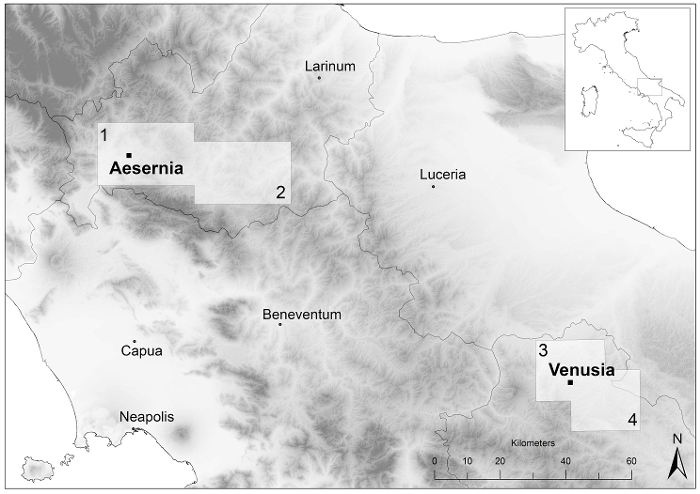
A selection of both known and newly discovered sites is studied in detail with innovative, integrated approaches. These include the development of an integrated method applying drones, geophysical and intensive surface surveys, designed specifically to study large rural settlements such as villages and hillforts.
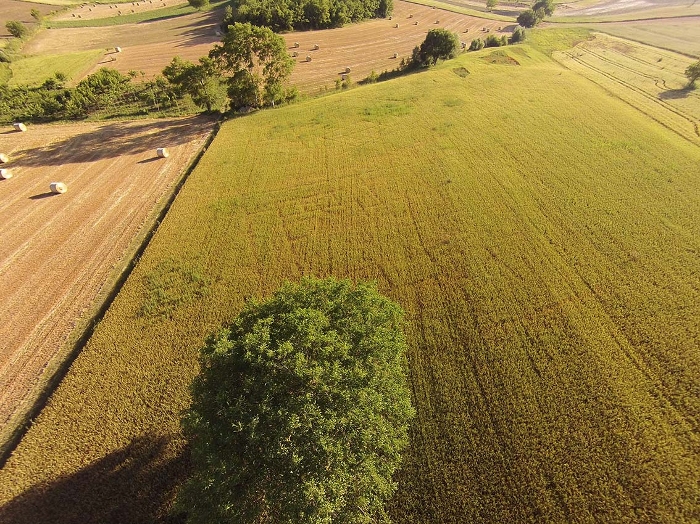
The study of changing networks of material culture in the period of early Roman expansionism is central to the project. This includes the development of new typochronologies of relevant categories of ceramics for the study areas in Molise and Basilicata, but also a reconsideration of the epigraphical and numismatic evidence of selected sites. Changing patterns in consumption and production are studied through a variety of types of ceramics, coins and other objects.
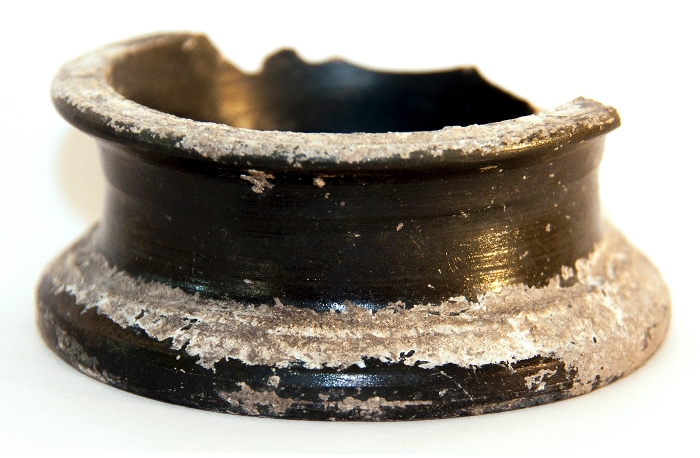
The establishment of a new Centre of Archaeological Studies at Jelsi, Molise as the main base camp for the fieldwork campaigns is the result of long standing collaborations with local and regional communities and organizations. It is crucial to the ongoing fieldwork campaigns. It offers study rooms, a laboratory and accommodation to researchers and students. The Centre also forms the meeting point of different local and regional stakeholders and international archaeologists and other researchers. Educational projects such as Masterclasses, field schools as well as outreach projects, culture heritage discussions, and other joint events with local communities and organizations are hosted by the Centre.
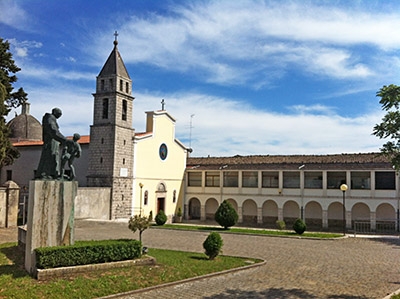
The preliminary results of the project allow the development of new insights into early Roman colonial strategies in newly conquered lands. It also informs us about the actual impact of Roman expansionism on the conquered areas. Especially, the newly developing model sheds a different light on the traditional notion of Roman colonies as key factors in the urbanization and “romanization” of the conquered territories. Our preliminary results at Aesernia and Venusia point at higher levels of variability and adaptation to local situations.
As especially the epigraphical evidence indicates, the multiple-core model presupposes different mechanisms of cultural change by fragmenting the traditional monolithic city-state model and decentering urban centers as the only loci of societal and cultural development. As such, it feeds in to wide-ranging debates on cultural change and imperialism within the Roman world (‘romanization’) and beyond.
Publications
Stek T.D., E.B. Modrall, R.A.A. Kalkers, R.H. van Otterloo & J. Sevink (2015), ‘An early Roman colonial landscape in the Apennine mountains: landscape archaeological research in the territory of Aesernia (Central-Southern Italy).’ In: Analysis Archaeologica 1, pp. 229-291.
Stek T.D. & G.J. Burgers eds. (2015), The impact of Rome on cult places and religious practices in ancient Italy. (BICS Supplement 132), London: Institute of Classical Studies.
Stek T.D. & J. Pelgrom eds. (2014), Roman Republican Colonization. New perspectives from archaeology and ancient history. (Papers of the Royal Netherlands Institute in Rome 62), Rome: Palombi Editori.
Stek T.D. (2015), ‘The Importance of Rural Sanctuaries in Structuring Non-Urban Society in Ancient Samnium: Approaches from Architecture and Landscape.’ In: Oxford Journal of Archaeology 34.4, pp. 397-406.
Pelgrom J., M.-L. Marchi, G. Cantoro, A. Casarotto, A. Hamel, L. Lecce, J. García Sánchez & T.D. Stek (2015), ‘New approaches to the study of village sites in the territory of Venosa in the Classical and Hellenistic periods.’ In: Agri Centuriati 11, pp.31-59.
Stek T.D. (2014), ‘Roman imperialism, globalization and Romanization in early Roman Italy. Research questions in archaeology and ancient history.’ In: ArchDial 21.1. pp. 30-40.
Pelgrom J. & T.D. Stek (2014), ‘Roman Colonization under the Republic: historiographical contextualisation of a paradigm.’ In: Stek T.D. & J. Pelgrom eds. (2015), Roman Republican Colonization. New perspectives from archaeology and ancient history. (Papers of the Royal Netherlands Institute in Rome 62), Rome: Palombi Editori, pp. 11-41.
Stek T.D. (2014), ‘The city-state model and Roman Republican colonization: sacred landscapes as a proxy for colonial socio-political organisation.’ In: Stek T.D. & J. Pelgrom eds. (2015), Roman Republican Colonization. New perspectives from archaeology and ancient history. (Papers of the Royal Netherlands Institute in Rome 62), Rome: Palombi Editori, pp. 87-105.
Pelgrom J. (2014), ‘Roman colonization and the city-state model.’ In: Roman Republican Colonization. New perspectives from archaeology and ancient history. (Papers of the Royal Netherlands Institute in Rome 62), Rome: Palombi Editori, pp. 73-86.
Stek T.D. (2014), ‘Paesaggi coloniali romani: un nuovo progetto per la prima colonizzazione romana in Italia.’ In: Forma Urbis XIX.9, pp. 35-37.
Waagen J. (2014), ‘Evaluating background noise: Assessing off-site data from field surveys around the Italic sanctuary of S. Giovanni in Galdo, Molise, Italy.’ In: Journal of Field Archaeology 39-4, pp. 417-429.
Termeer, M.K. 2015, ‘Minting Apart Together: bronze coinage production in Campania and beyond in the third century BC.’ In: S. Roselaar (ed.), Processes of Cultural Change and Integration in the Roman World, Leiden: Brill, pp. 58-77.
Pelgrom J. (2013), ‘Population density in mid-Republican Latin colonies: a comparison between text-based population estimates and the results from survey archaeology.’ In: Atlante Tematico di Topografia Antica 23, pp. 73-84.
Stek T.D. & J. Pelgrom (2013), ‘Landscapes of Early Roman Colonization: Non-urban settlement organization and Roman expansion in the Roman Republic (4th-1st centuries BC)’. In: TMA 50. p. 87.
Related research
-
Landscapes of Early Roman Colonization
- Exploring hidden villages in colonial and non-colonial landscapes
- Material culture of Roman republican colonization
- Spatial patterns in landscape archaeology
- Hidden landscapes of Roman colonization
- Tappino Area Archaeological Project (Molise)
- Aesernia Colonial Landscape Project (Molise)
- Ager Venusinus Project

